Żagwiak łuskowaty w nietypowym towarzystwie, bo z uchem bzowym na jednym pniu

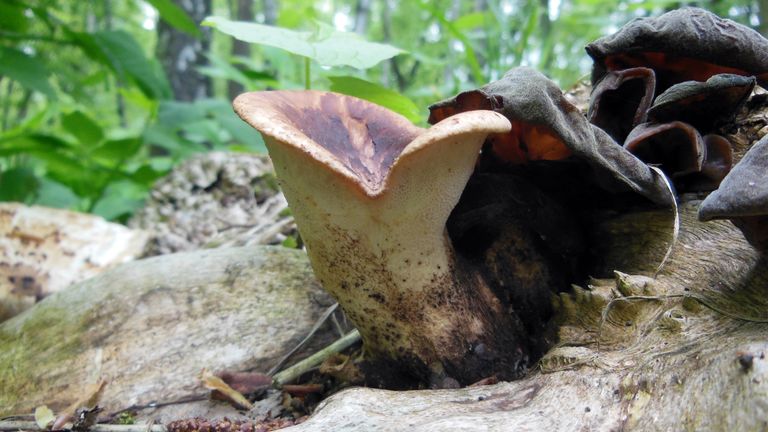
This year's very warm February and early spring also caused the mushrooms to wake up earlier. An example of this is the Dryad's saddle, which normally appears at the turn of May and June.
Tegoroczny bardzo ciepły luty i wczesna wiosna spowodowały, że grzyby również obudziły się wcześniej. Takim przykładem jest żagiew łuskowata, która normalnie pojawia się na przełomie maja i czerwca.
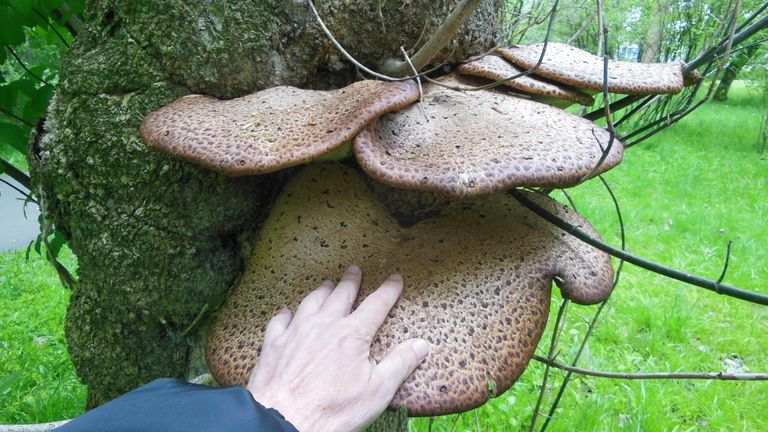
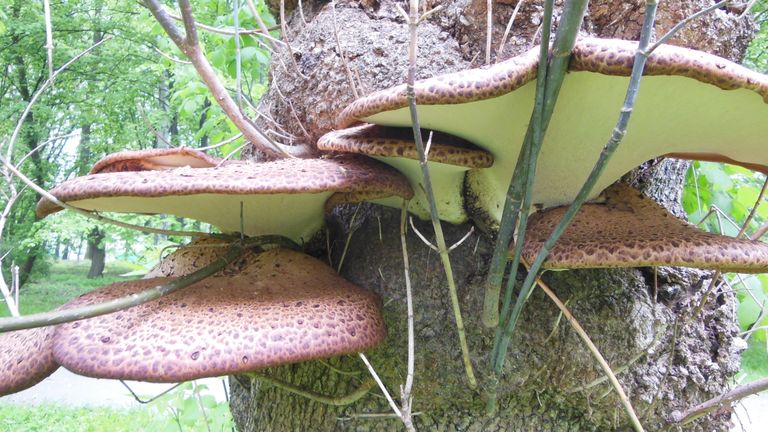
This year it appeared in mid-April. Additionally, its dimensions are impressive. I have never seen such impressive specimens in the area.
W tym roku pojawiła się w połowie kwietnia. Dodatkowo jej rozmiary są imponujące. Nie spotkałem jeszcze w okolicy tak imponujących okazów.
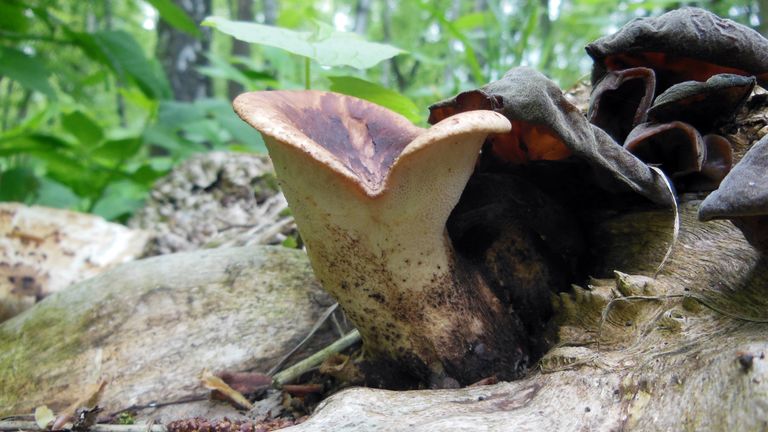
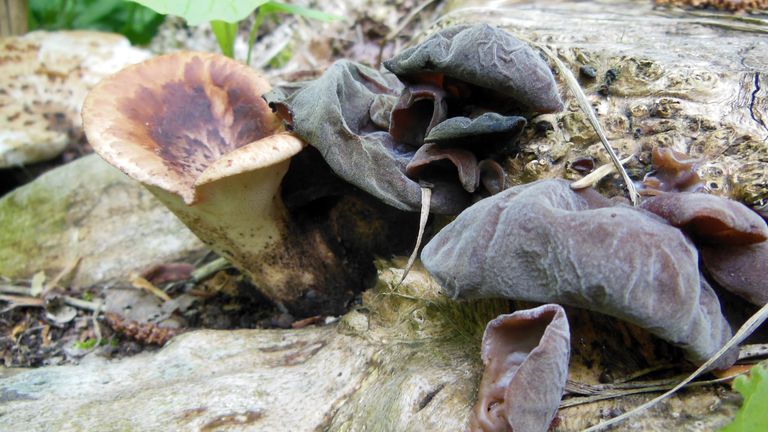
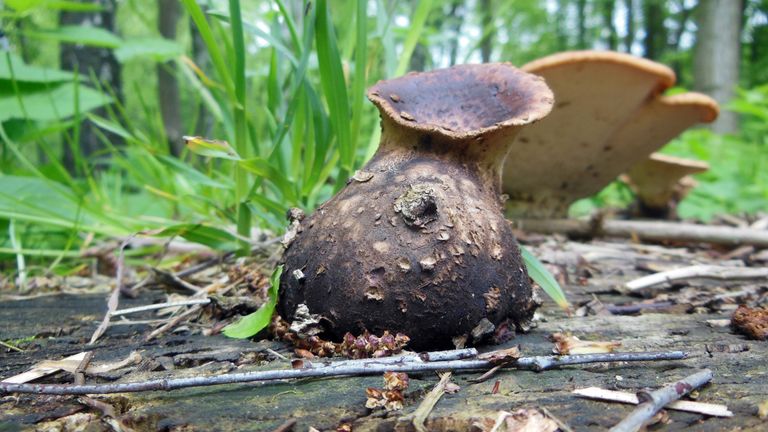
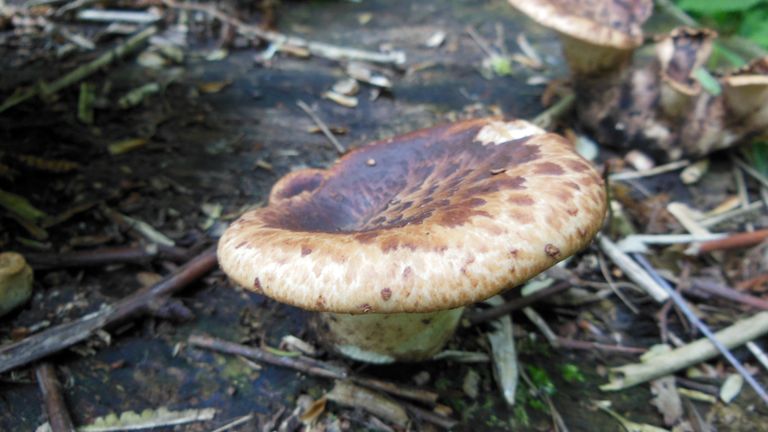
Apart from the Dryad's saddle, I found another interesting find on one of the tree trunks. It is probably a jelly ear, which, however, differs significantly from the ljelly ear. However, my friends say that it is a jelly ear .
Oprócz żagwi łuskowatej na jednym z pni namierzyłem inne ciekawe znalezisko. To prawdopodobnie uszak skórnikowaty, który jednak znacznie różni się od ucha bzowego. Niemniej znajomi podpowiadają, że to ucho bzowe.
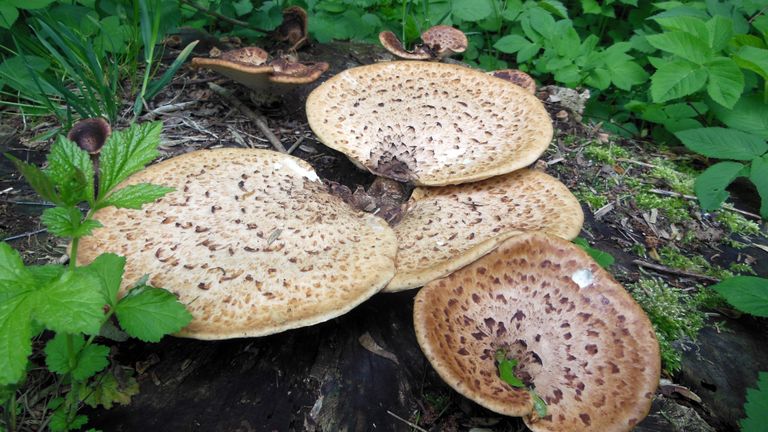
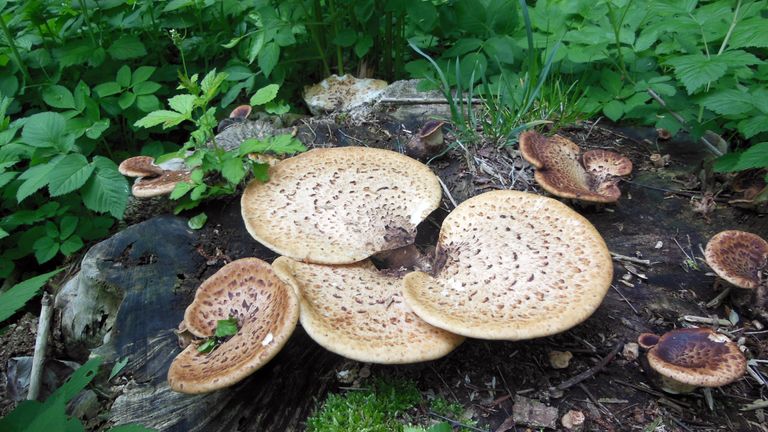

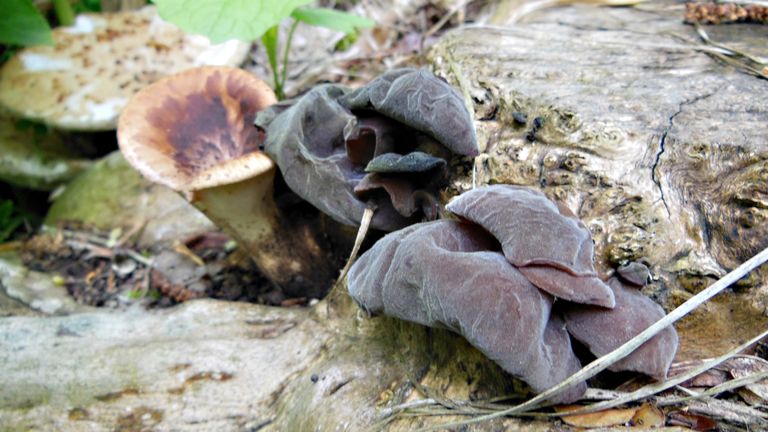
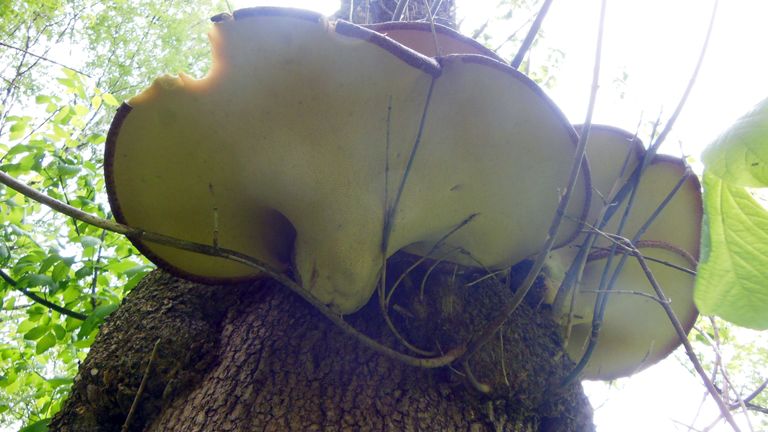


A somewhat unusual situation, because this alleged lilac ear grows on the trunk of a cut down poplar tree. Of course, there is no problem if we confuse these species. Both elderberry and scaly mushroom are edible mushrooms. Leatherwort, on the other hand, is only inedible, but not toxic or harmful.
Trochę niespotykana sytuacja, bo to rzekome ucho bzowe rośnie na pniu ściętej topoli. Oczywiście nie ma tu problemu, jeśli pomylimy te gatunki. Zarówno ucho bzowe, jak i żagiew łuskowata są grzybami jadalnymi. Skórniak natomiast jest tylko niejadalny, ale nie jest toksyczny ani szkodliwy.
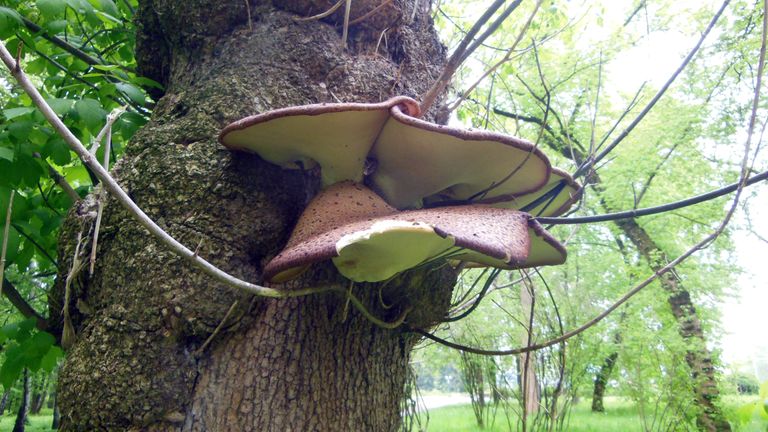
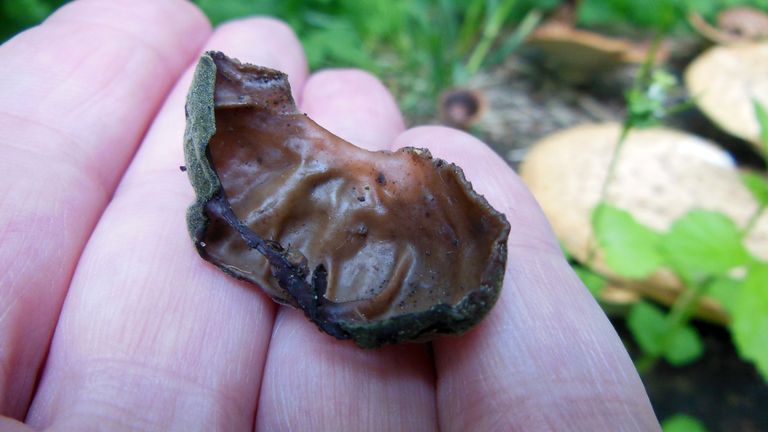
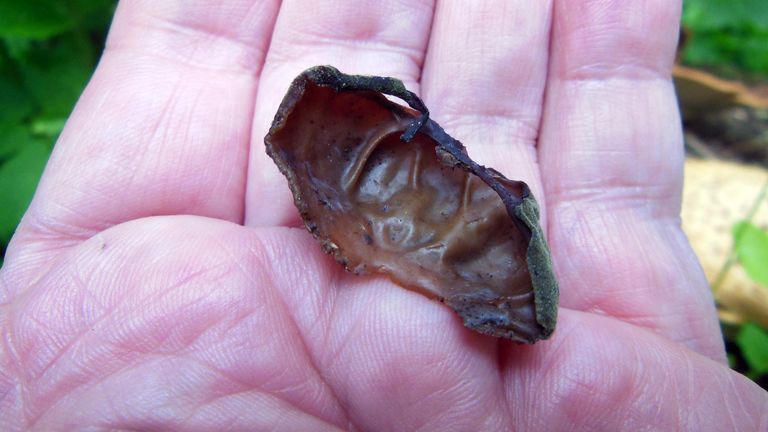

© copyright marianomariano
Photo: Nikon Coolpix